First post, by James-F
- Rank
- Oldbie
The comprehensive YMF71x vs ES1688 comparison thread:
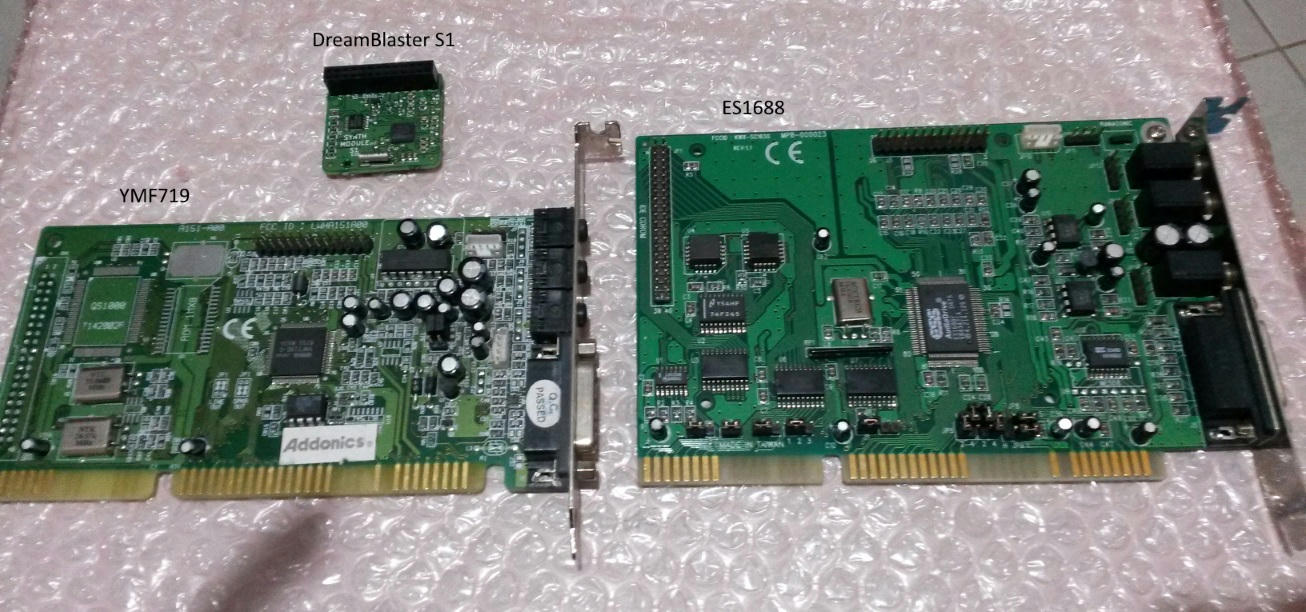
YMF71x
Signal to Noise Ratio: 71db (-89db RMS noise floor, -17.7 Peak signal before clipping).
Working MPU-401 without hanging note bug.
Perfect sounding OPL3 exactly like the original YMF262.
Very clean and low distortion wave output without lowpass filter which may sound harsh.
EDIT: It can be modified to enable the Lowpass Filter like on the SBPro : HERE.
Faulty 8-bit to 3-bit or 8-bit to 2-bit ADPCM capabilities, therefor games like Duke Nukem II has missing sounds.
Has slightly lower pitch (0.5% deviation, inaudible) for OPL and WAV playback, as you can see from the 440Hz images.
Flat White Noise, Lowpass Filter:
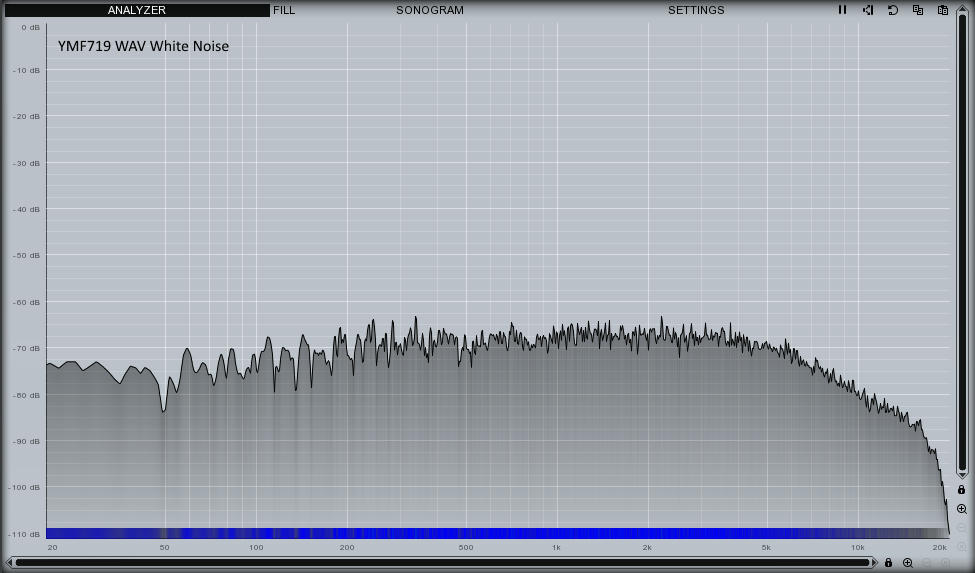
440Hz Wav, Harmonic Distortion, and Noise Floor:
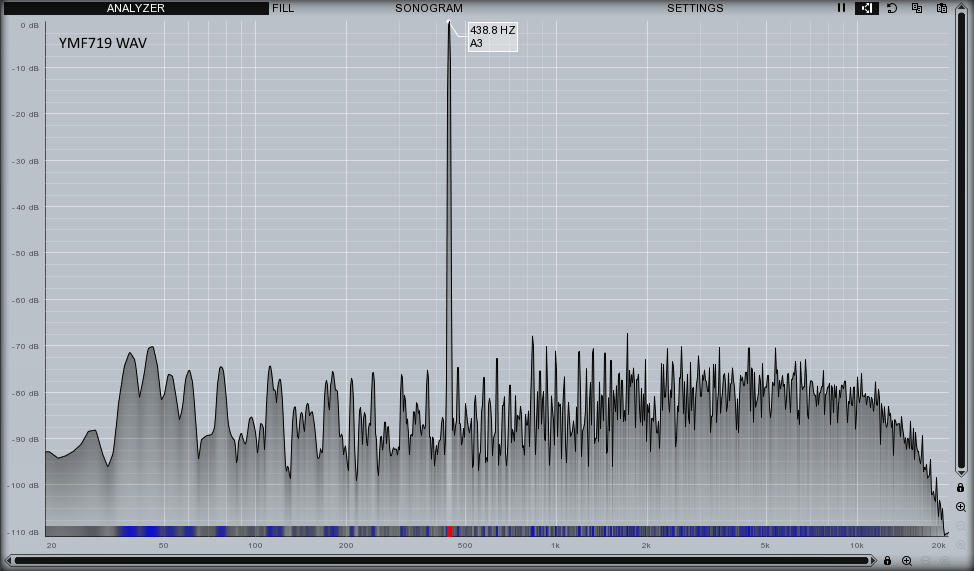
440Hz OPL, Harmonic Distortion, and Noise Floor:
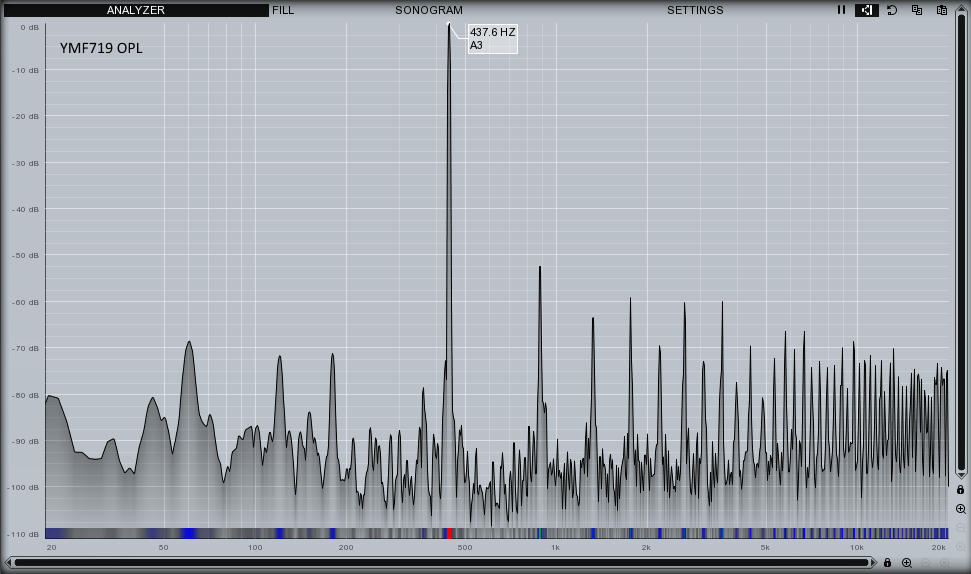
ES1688
Signal to Noise Ratio: 71db (-81db RMS noise floor, -9.7 Peak signal before clipping) [strangely, exactly like YMF71x].
Working MPU-401 without hanging note bug (has to be enabled with a driver).
Working 8-bit to 3-bit or 8-bit to 2-bit ADPCM capabilities, all sounds in Duke 2 work fine.
Non-PNP, simply works with the SET BLASTER command but no MPU-401 without driver.
Great sounding OPL3 (ESFM) but slightly different on certain instrument to YMF71x/YMF262 (listen to Stunts track).
Flat White Noise, Lowpass Filter:
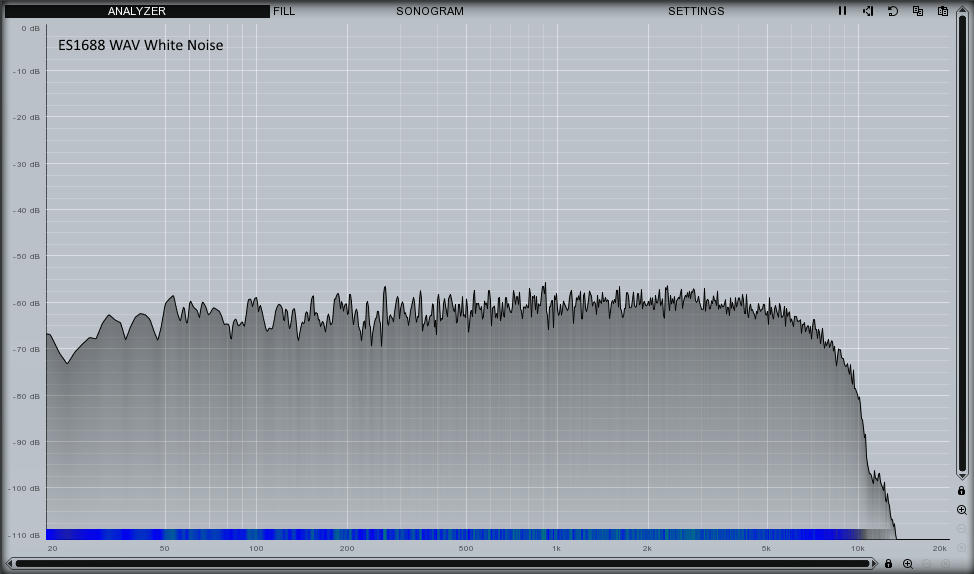
440Hz Wav, Harmonic Distortion, and Noise Floor:
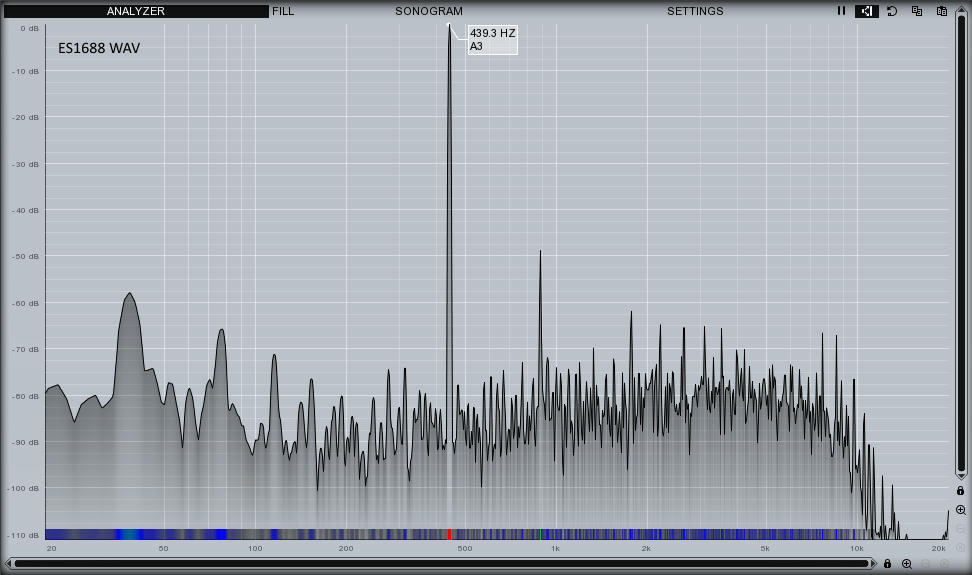
440Hz OPL, Harmonic Distortion, and Noise Floor:
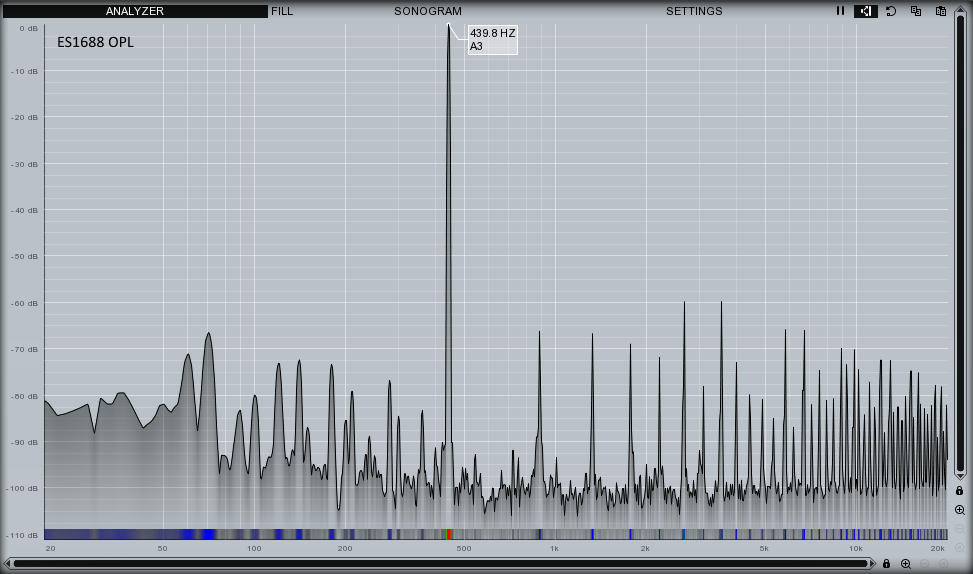
DOSBox
Flat White Noise, Lowpass Filter:
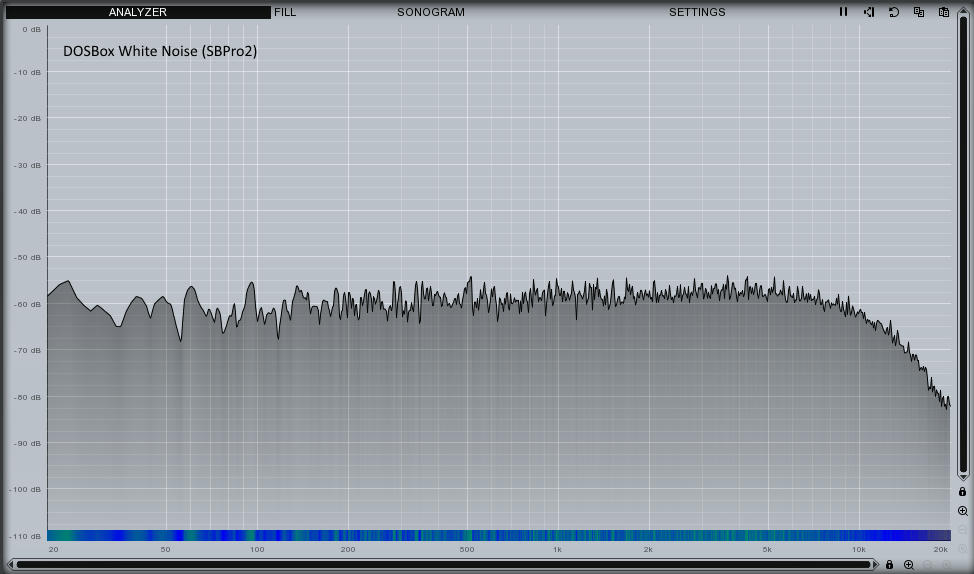
440Hz Wav, Harmonic Distortion, and Noise Floor:
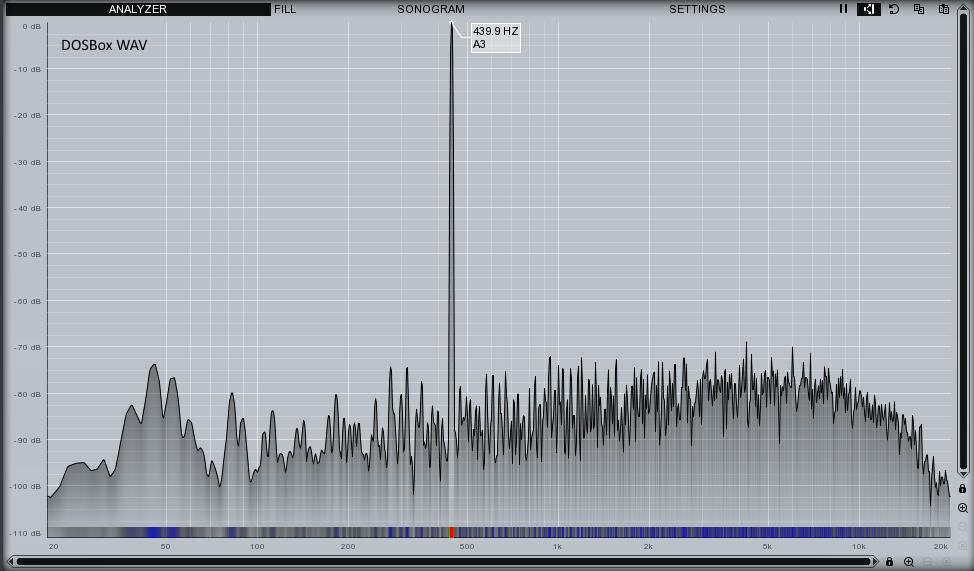
440Hz OPL, Harmonic Distortion, and Noise Floor:
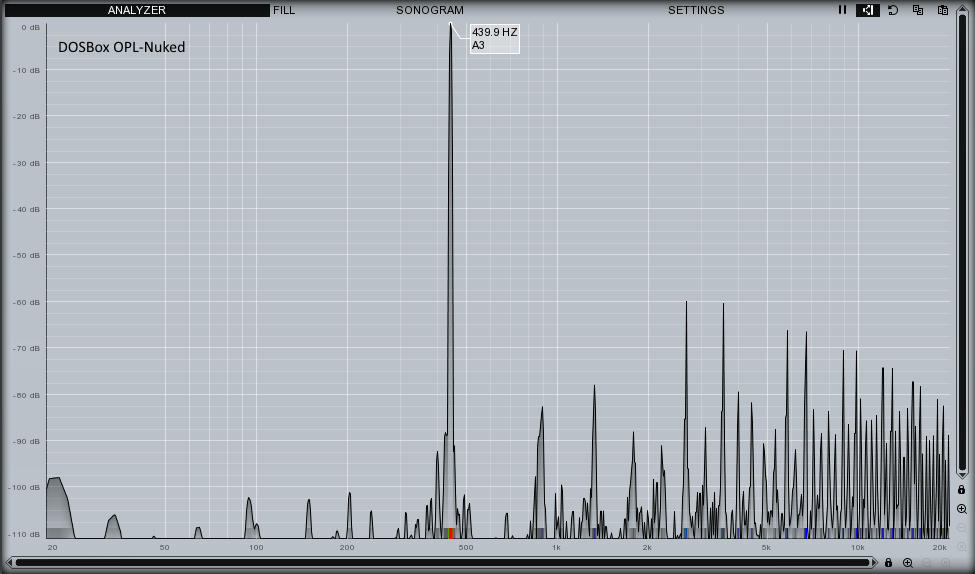
Conclusion
The ES1688 is an excellent SBPro2 card with great OPL3 and MPU-401 and low noise floor like the YMF71x.
The ES1688 OPL3 sounds great, has working 8-bit to 2-bit ADPCM capabilities for games that require it.
The Lowpass Filter seems to be exactly like on the SB16 cards, dynamically switching with sampling rate, which is a great feature to have.
The ES1688 is an excellent card overall, it replaced my trusty YMF719E in my Pentium MMX machine.
Complete Sound Comparison WAV's (32MB):
http://www.mediafire.com/download/9avvbvm5p5c … 88_vs_DOSBox.7z
Detailed explanation and examples why the ESFM sounds slightly different to the OPL (different feedback mechanism):
YMF71x vs ES1688 Comparison Thread
Attached are the most significant difference between the ES1688 and YMF719 OPL starting at second 00:08.
The reason explained further down the thread.

